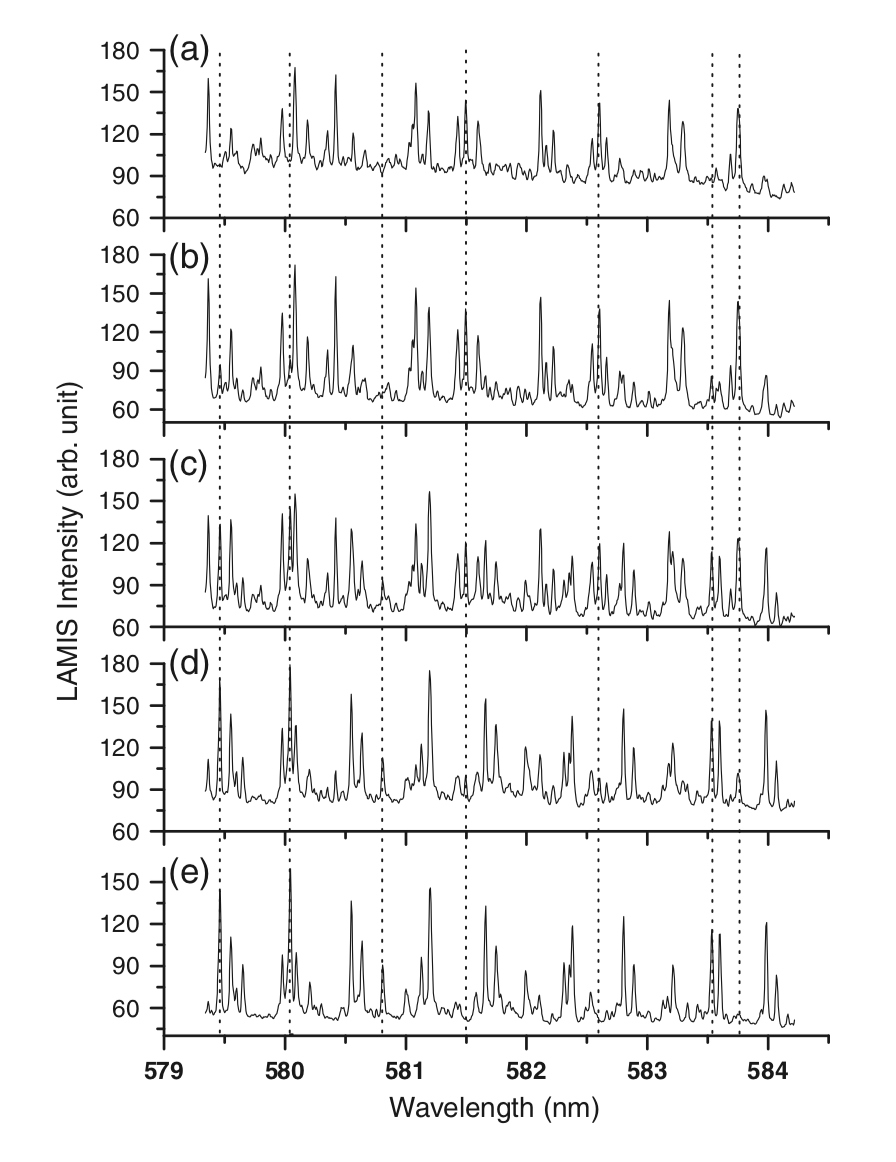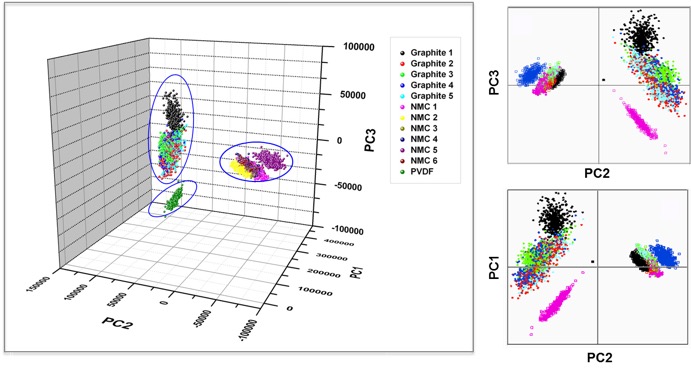Machine learning approaches are used for spectral data analysis and quantification. As the amount of data produced by laser ablation technologies increases, it is becoming increasingly important to leverage computational power for data analytics and spectral recrimination.
Examples of machine learning are Partial Least Squares regression (PLS regression) & Partial Least Squares Discriminant Analysis (PLS-DA), Principal Component Analysis and Neural Networks.


PLS regressions are modeled to finds linear regression models by projecting the predicted variables and the observable variables to a new space. The basis of principal component analysis (PCA) is to reduce the dimensionality of a data set consisting of many variables correlated with each other. Neural networks are algorithms loosely modeled after the human brain, that are designed to recognize patterns.